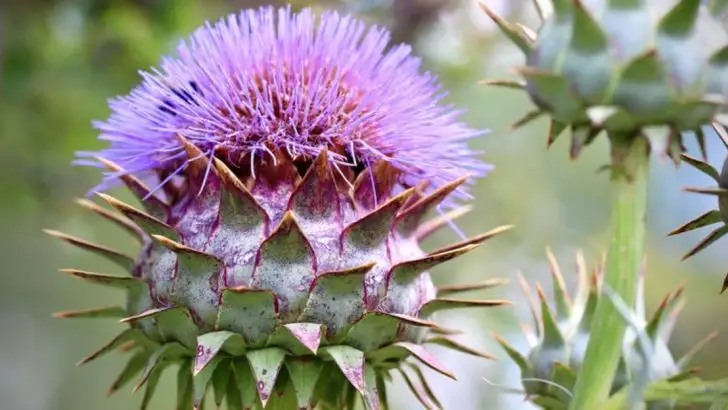Your grandparents’ gardens were filled with flavors, textures, and traditions that today’s grocery aisles have all but forgotten. These old-fashioned vegetables weren’t just grown for nostalgia—they were hardy, nutritious, and often far more flavorful than many modern varieties.
In this list, we’ll rediscover 17 once-common vegetables that have quietly vanished from most home gardens. From unusual root crops to leafy greens with bold character, these forgotten gems are ready for a well-deserved return.
Bring a taste of the past back to your plate—and your soil—with these heritage favorites.
Salsify
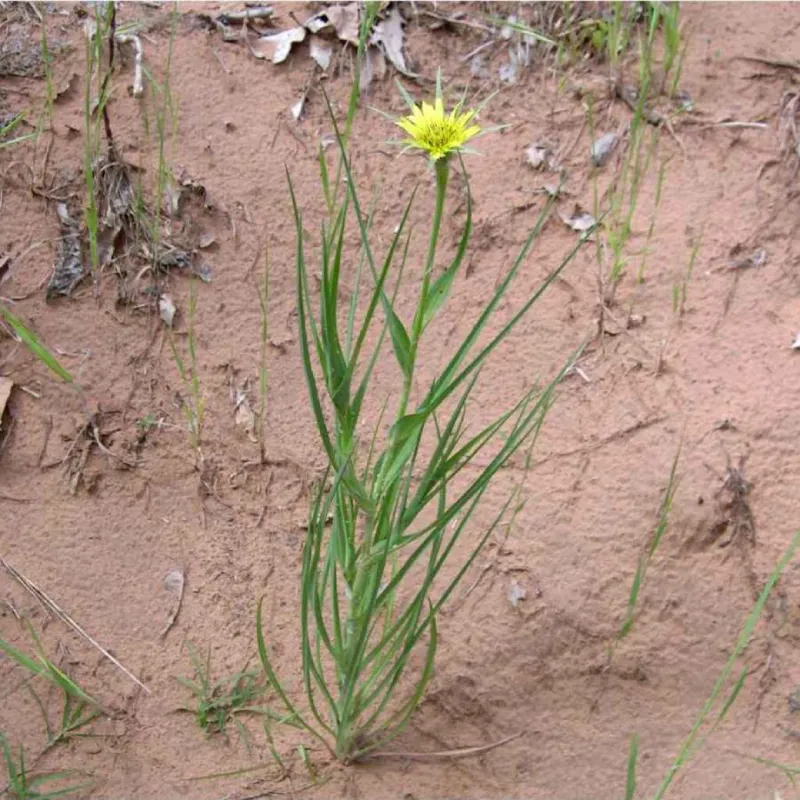
Often described as the ‘oyster plant’ due to its unique flavor, salsify was a common kitchen ingredient in the early 1900s. With a delicate taste reminiscent of oysters, it adds an interesting twist to soups and stews. Salsify is a root vegetable that thrives in cool climates, making it an excellent choice for early spring or late fall planting.
Did you know? This vegetable is not only versatile in cooking but also rich in fiber and vitamin C. Its roots can store well, offering a nutritious staple through winter months.
Kohlrabi
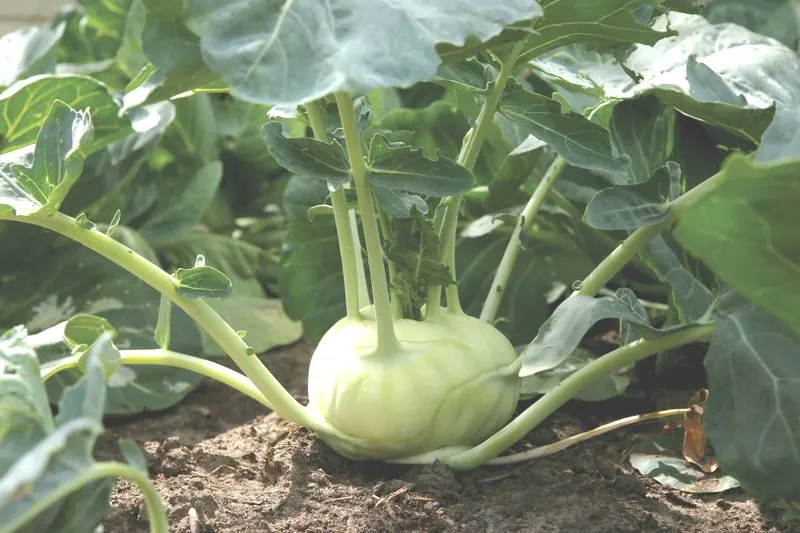
This alien-looking vegetable, with its bulbous stem and edible leaves, is a staple in German cuisine. Its crisp texture and slightly sweet flavor make it perfect for slaws and salads. Kohlrabi is a member of the cabbage family and is packed with nutrients, including vitamin C and potassium.
During the 19th century, kohlrabi was widely cultivated but has since been overshadowed by more popular greens. Its ability to grow in a variety of soils and climates makes it an easy addition to any garden.
Celeriac
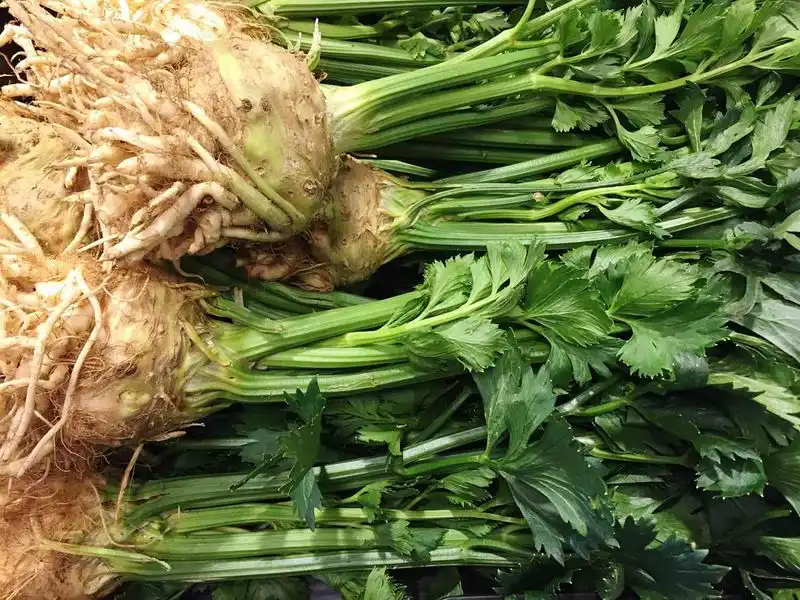
Celeriac, also known as celery root, is a root vegetable with a subtle celery flavor and a starchy texture similar to potatoes. It was a common sight in European gardens and has been used in traditional soups and stews.
Despite its rough exterior, celeriac is a versatile ingredient that can be roasted, mashed, or grated raw into salads. Rich in dietary fiber and vitamins, it’s a nutritious choice for those looking to diversify their vegetable intake.
Parsnip
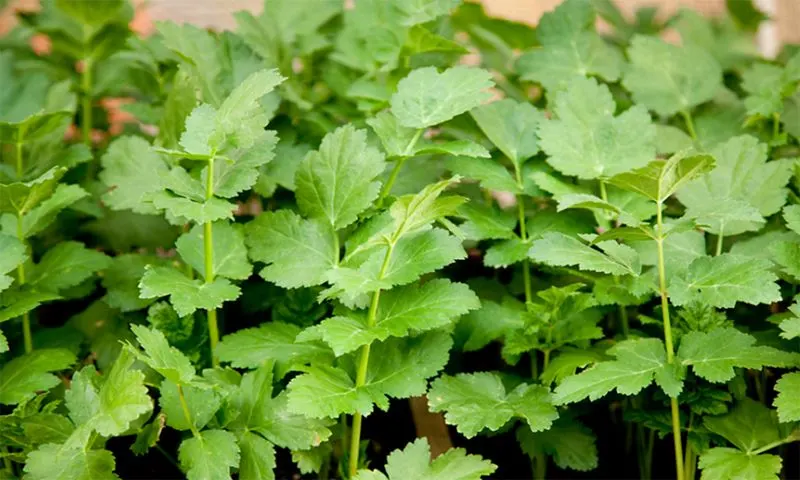
With a sweetness that intensifies after frost, the parsnip is a root vegetable that was once a staple in winter diets. Its creamy texture and nutty flavor make it a delicious addition to roasts and soups.
Historically, parsnips were used as a sweetener before the introduction of cane sugar. Rich in vitamins and minerals, parsnips are a nutritious root that deserves more recognition in today’s kitchens.
Scorzonera
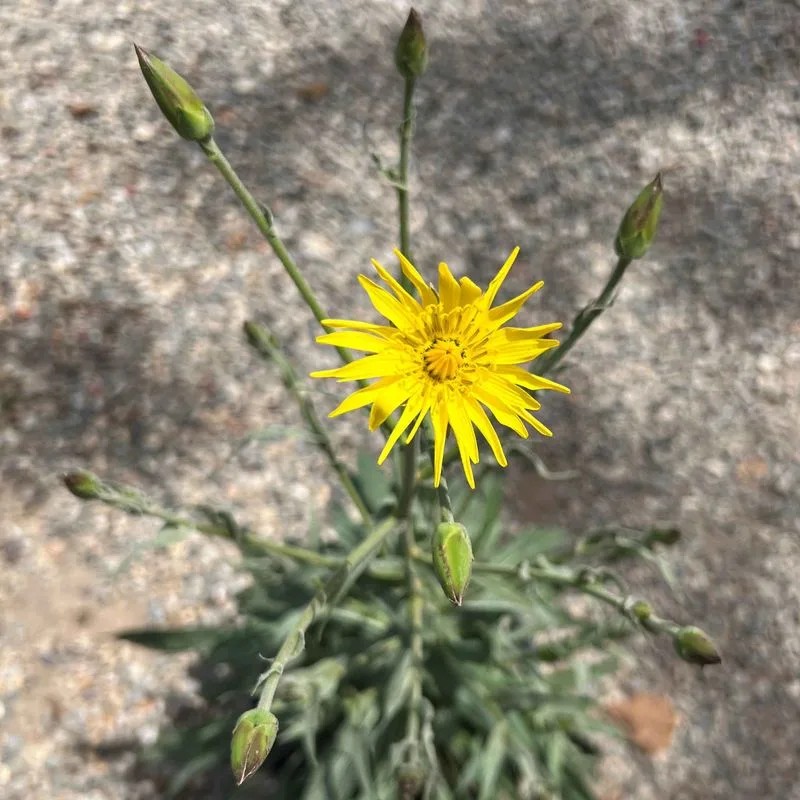
Scorzonera, often called black salsify, offers a mild and slightly sweet taste. Known for its dark skin and white flesh, it was a favorite in European gardens centuries ago. This root vegetable can be boiled, baked, or added to casseroles.
A fascinating fact: scorzonera is believed to have medicinal properties and was used to treat ailments like the plague in the past. It’s rich in iron and fiber, making it a healthy addition to your diet.
Cardoon
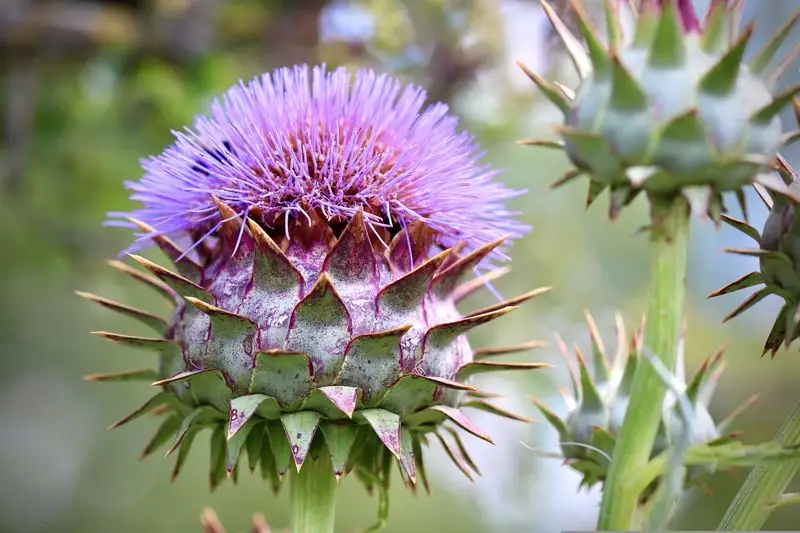
Related to the artichoke, cardoon boasts thick, celery-like stalks that are often blanched before eating. Its slightly bitter taste adds a unique flavor to traditional dishes, especially in Mediterranean cuisines.
In the 19th century, cardoons were a popular winter vegetable in Europe. Despite its decline in popularity, it’s resilient to cold and a good source of dietary fiber and antioxidants.
Ground Cherry
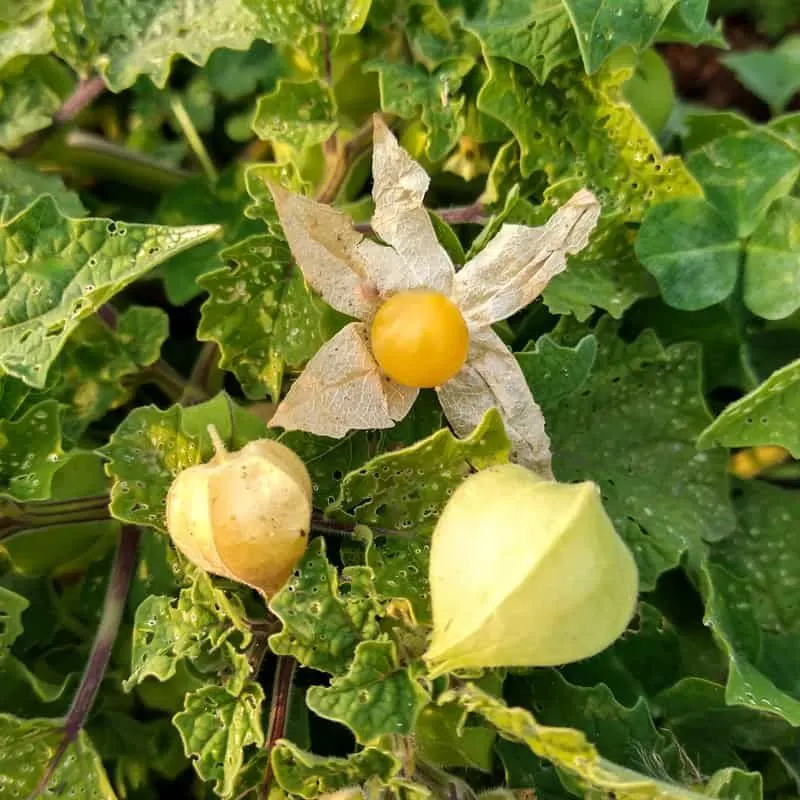
These small, orange fruits, enclosed in papery husks, offer a sweet-tart flavor that brightens up any dish. Ground cherries are related to tomatoes and were a gardening staple in many American homes during the 19th century.
Not only are they delicious, but ground cherries are also easy to grow and can be enjoyed fresh or in jams and pies. They’re rich in vitamin A and C, making them a nutritious treat.
Jerusalem Artichoke

Despite its name, the Jerusalem artichoke isn’t related to the artichoke. It’s a tuber from the sunflower family, offering a nutty, sweet flavor. Often used in soups, it was once a common crop for Native Americans.
These tubers are rich in inulin, a type of fiber that supports digestive health. With their unique taste and texture, they’re a great addition to any garden looking for diversity.
Salsola Soda
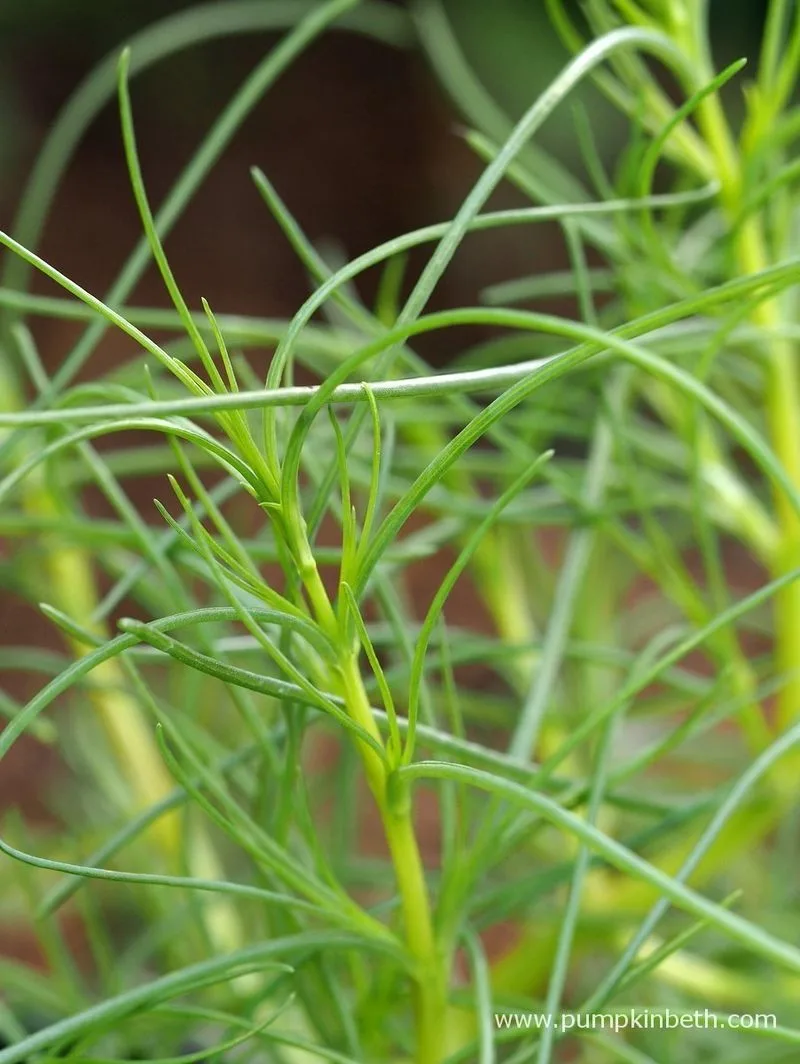
Known as agretti in Italy, salsola soda is a salty, green vegetable that thrives in saline soils. Its crisp texture and mild flavor are ideal for salads and side dishes.
In past centuries, it was cultivated extensively around the Mediterranean, both as a food source and for producing soda ash. This vegetable is an excellent source of vitamins A and K.
Sea Kale
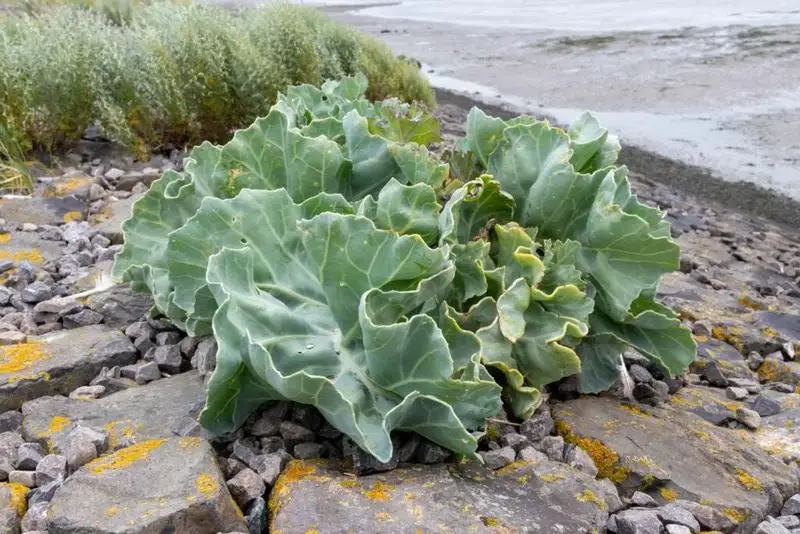
Sea kale is a perennial vegetable with thick, fleshy leaves and a coastal origin. Its mild cabbage-like flavor complements meat dishes well.
Traditionally grown along Europe’s coasts, sea kale was a popular choice for its ability to withstand salty winds. Packed with calcium and vitamins, it’s a resilient plant worth reviving in modern gardens.
Chicory
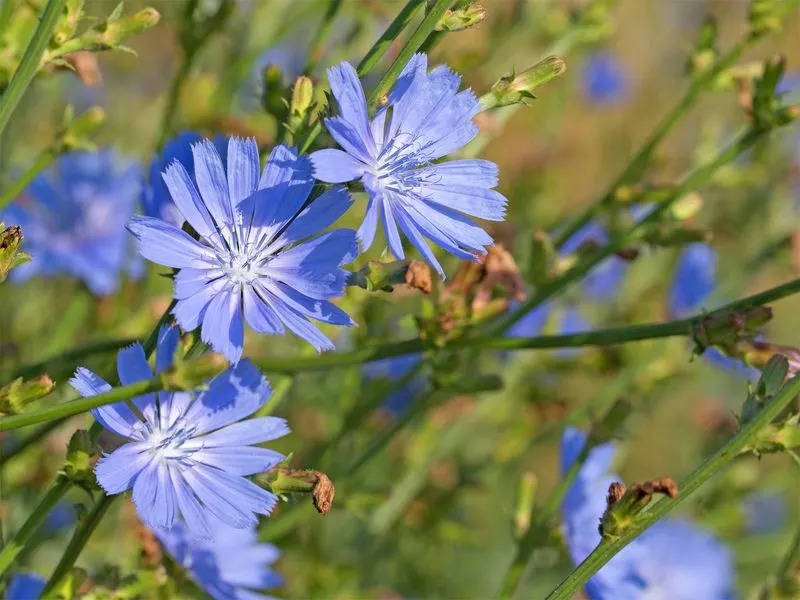
Chicory’s bitter leaves and nutty roots have made it a beloved part of European diets for centuries. The roots, when roasted, can substitute coffee, while the leaves add a punch to salads.
Farmers once relied on chicory for both its nutritional leaves and its use as animal fodder. Today, it remains popular in certain cuisines for its unique taste and benefits.
Rutabaga
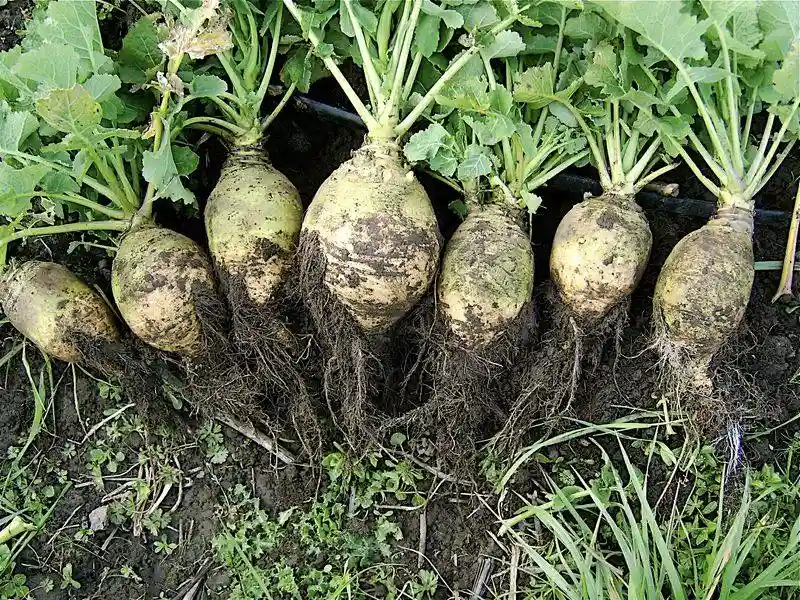
Rutabagas combine the best of both worlds: the peppery bite of radishes and the sweetness of turnips. Historically a vital winter food, they can be roasted, mashed, or used in stews.
In the past, rutabagas were a staple in European diets, particularly in Scandinavia. They’re high in fiber and vitamin C, making them a nourishing addition to any meal.
Lovage
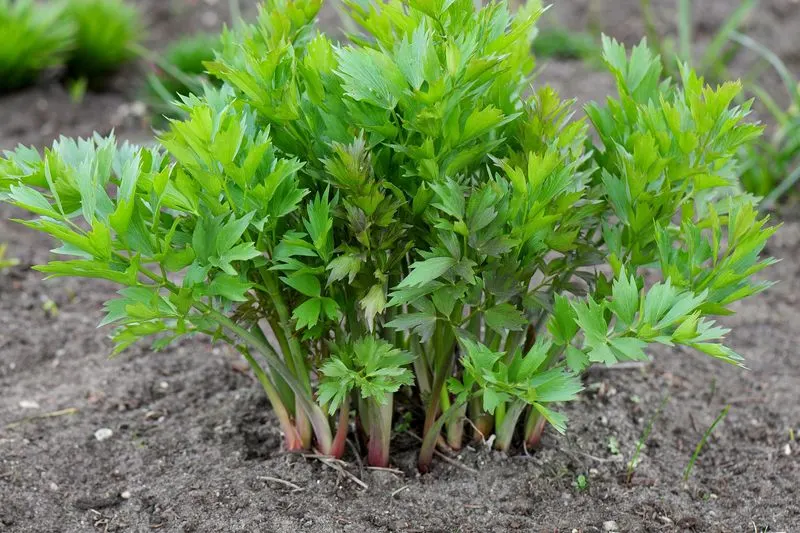
Lovage, with its celery-like flavor, was once a common herb in medieval kitchens. Both the leaves and roots are edible, adding depth to soups and broths.
Renowned for its digestive benefits, lovage was often used in traditional medicine. Its hardy nature makes it easy to grow, and it was loved for its versatility in culinary uses.
Sorrel
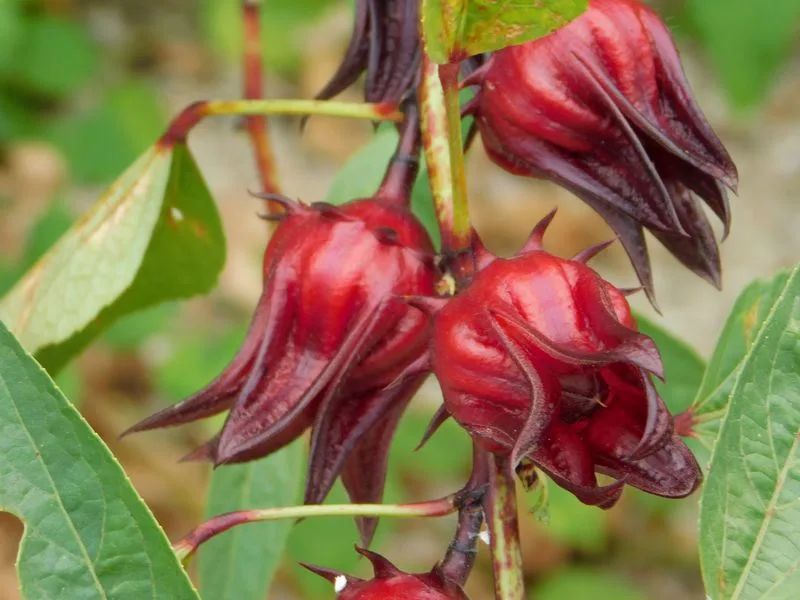
With a tangy, lemony flavor, sorrel is a European favorite, often used in soups and sauces. Its unique taste can elevate simple dishes with a fresh, zesty kick.
Sorrel was widely cultivated in medieval times for its culinary and medicinal properties. It’s rich in vitamins and antioxidants, offering both flavor and nutrition.
Skirret
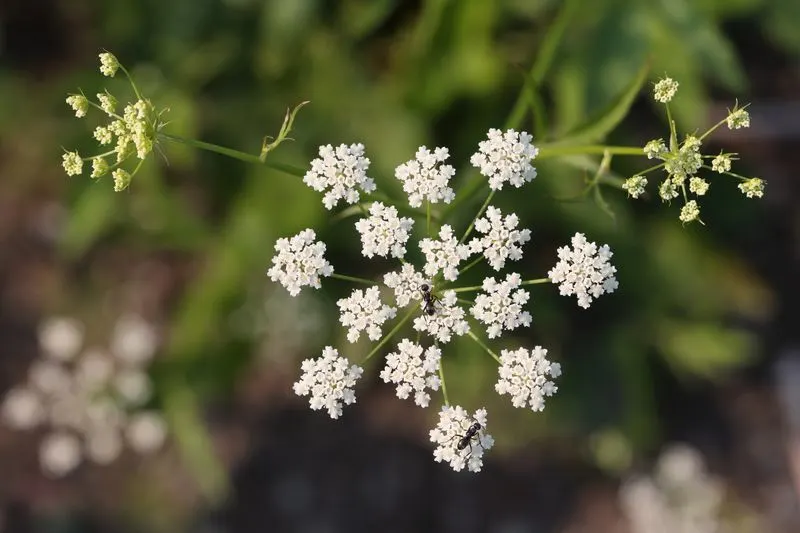
Skirret, with its sweet, parsnip-like roots, was a culinary favorite in Tudor England. The roots can be roasted, boiled, or made into a sweet dessert.
This plant had its heyday in the Middle Ages and was praised for its delicate flavor. Skirret roots are rich in carbohydrates, providing a satisfying energy source.
Mangelwurzel
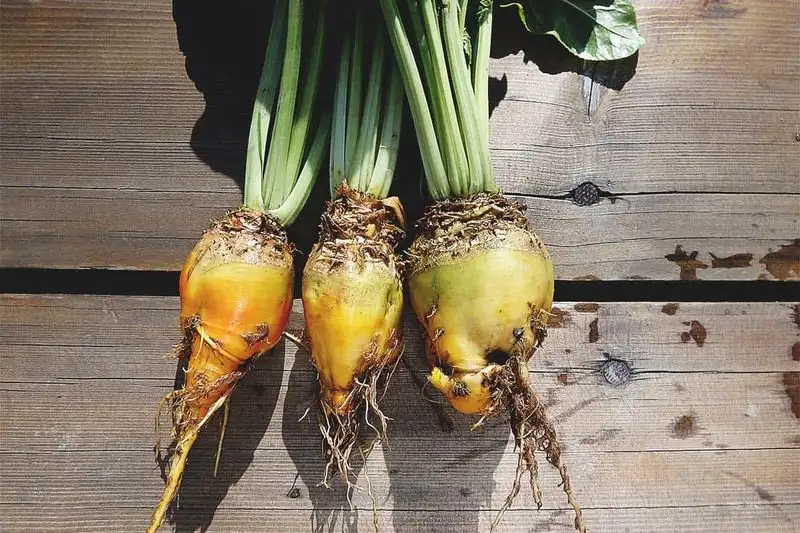
Historically used as cattle fodder, mangelwurzel is also edible for humans. Its sweet, earthy taste makes it a versatile addition to soups and casseroles.
Originating from Europe, this root vegetable was a dietary staple during times of scarcity. It’s rich in fiber and essential nutrients, supporting both livestock and human health.
Orach
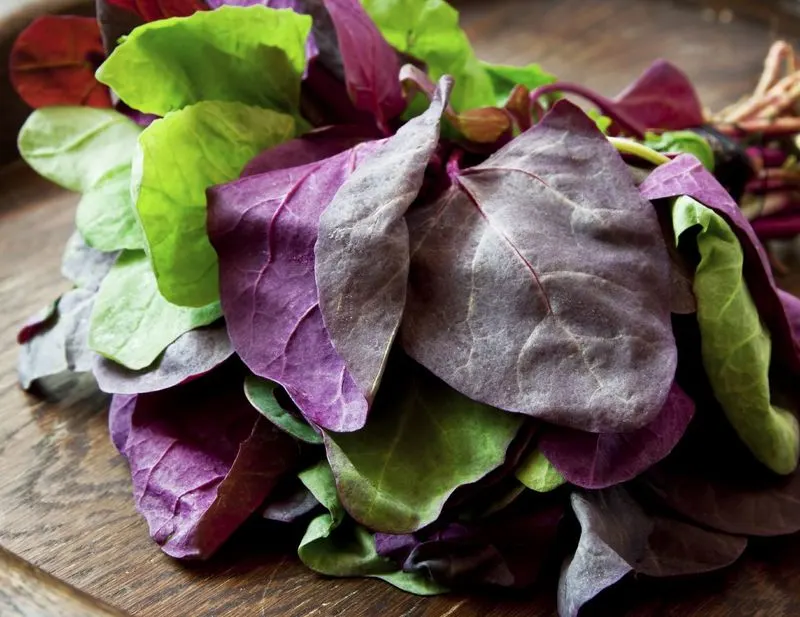
Orach, often called mountain spinach, was a common garden vegetable in ancient times. Its vibrant leaves offer a mild, spinach-like taste with a hint of saltiness.
Popular in the Middle Ages, orach was praised for its ability to thrive in poor soils. It’s a nutritious leafy green, packed with vitamins and minerals, deserving a place in contemporary gardens.

